By Dr Darren Henley OBE
Chief Executive
Arts Council England
COVID-19 has had a devastating effect on people across the country, on businesses and on the wider economy.
It is also severely impacting every element of the country’s cultural sector – with social distancing and lockdown measures bringing the work of arts organisations, museums and libraries to a standstill, and the livelihoods of many artists and freelancers vanishing practically overnight.
Despite these challenges, I have been moved to see the lengths that cultural organisations have gone to support their communities amid the darkness and uncertainty of lockdown.
Many have adapted their work to continue to reach audiences in their living rooms, using digital technology and social media. The Bradford Literature Festival, for example, live-streamed free events over the course of 10 days, with guests ranging from author Tahmima Anam to actor Christopher Eccleston.
Taking part in creative activities can give a huge boost to mental and physical health. With buildings closed, organisations and artists stepped up to offer activities and classes online, providing a lifeline to people who support their wellbeing through creativity.
In Leicester, whose residents are still under lockdown, dance artists Aditi Mangaldas and Aakash Odedra are launching ‘Across Dance’, a new online workshop series exploring both kathak and contemporary dance. The Nottingham Playhouse has been streaming virtual singing lessons; and Firstsite in Colchester is offering free activity packs for children, with contributions from some of the country’s top artists including Idris Khan and Gillian Wearing.
Other organisations started to directly deliver social services for vulnerable people and use their resources to support the NHS fight the virus. Volunteers at Bailiffgate Museum in Northumberland, for instance, have sewn scrubs and face masks for their local GP practice, while Leeds-based theatre company Slung Low took over a meals on wheels service, providing essential support to local people in need.
Sharing how diverse communities have been affected by the pandemic is hugely important. I’m pleased that the Arts Council has had a role to play in making sure these voices are heard, through work from our regularly funded organisations such as Rifco Theatre Company, which commissioned five short films exploring isolation from the perspective of British Asians, and Cohesion Plus’s Take 5 interview series with black and Asian artists.
Many initiatives from cultural organisations over recent months were possible thanks to National Lottery players. Their support made up nearly 90 per cent of the Arts Council’s Emergency Response Package, which we launched in March to help organisations and individuals struggling with the impact of Covid-19. We wanted to make sure our support went to those who needed it most, recognising that disabled people and black and Asian people have been disproportionately hard hit by the pandemic.
Many organisations received Arts Council funding for the first time, such as the Henna Asian Women’s Group in London, which works to improve the lives of women and their families by reducing isolation, offering support and running activities.
Since the onset of the pandemic, our artists, arts organisations, museums and libraries have demonstrated just how much they contribute to our society. Their work strengthens the bonds of our communities and brings people together. I believe it is at the heart of our national recovery.
At the Arts Council, we are committed to making sure that cultural organisations are accessible to people from all backgrounds. We need to be mindful in the coming months of the possibility of losing those organisations, and of talented individuals, who help to make those organisations what they are, leaving the sector. To help mitigate that threat, we will continue to target our funding where it is most needed, to help create the most inclusive cultural sector possible.
England’s diversity has contributed so much to our arts and culture, and to our country as a whole. We would be a far poorer place without it.

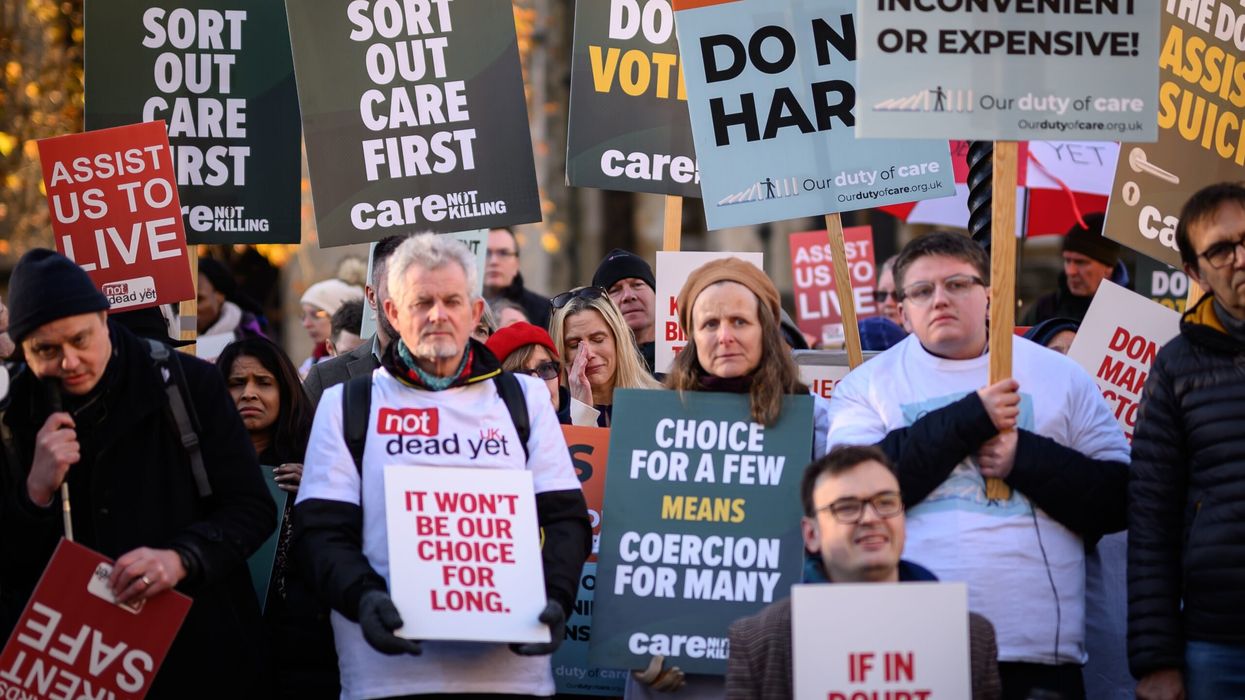
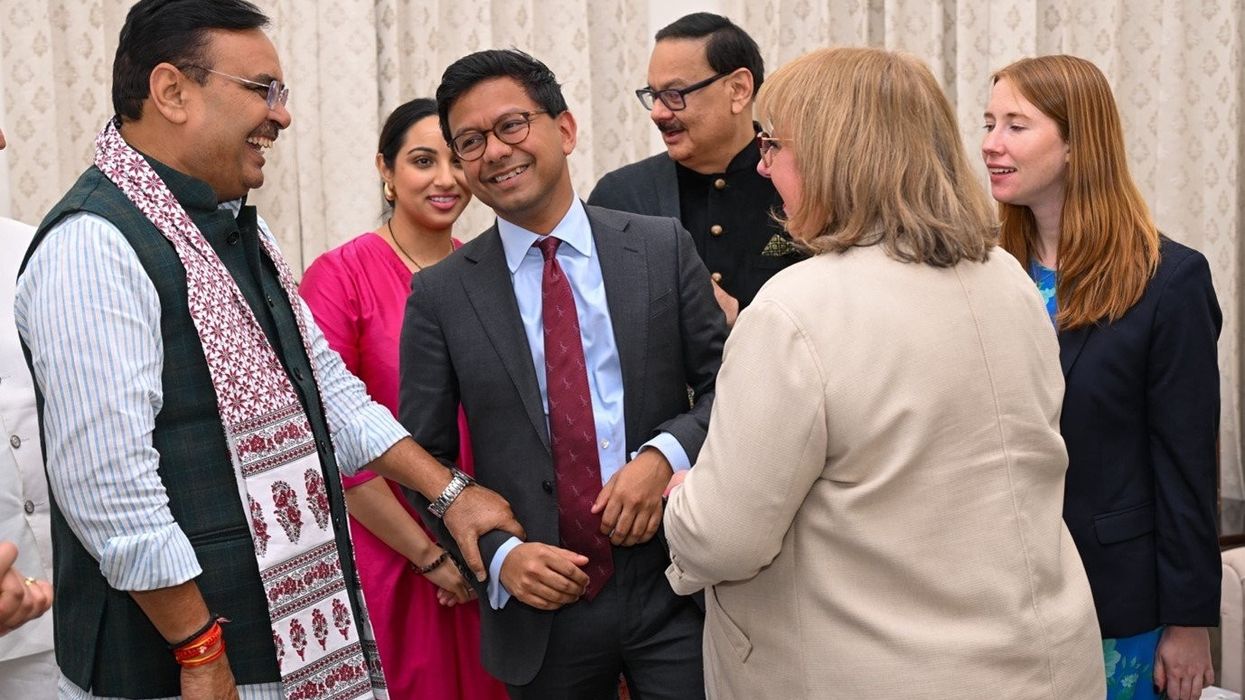
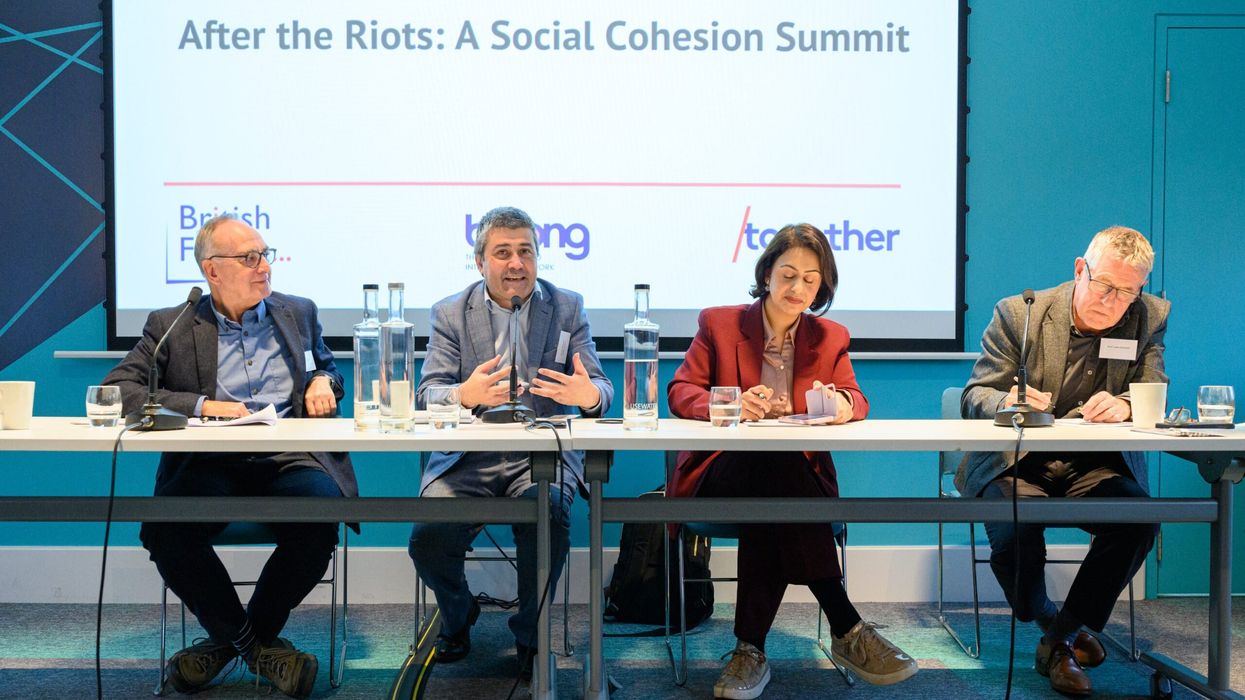
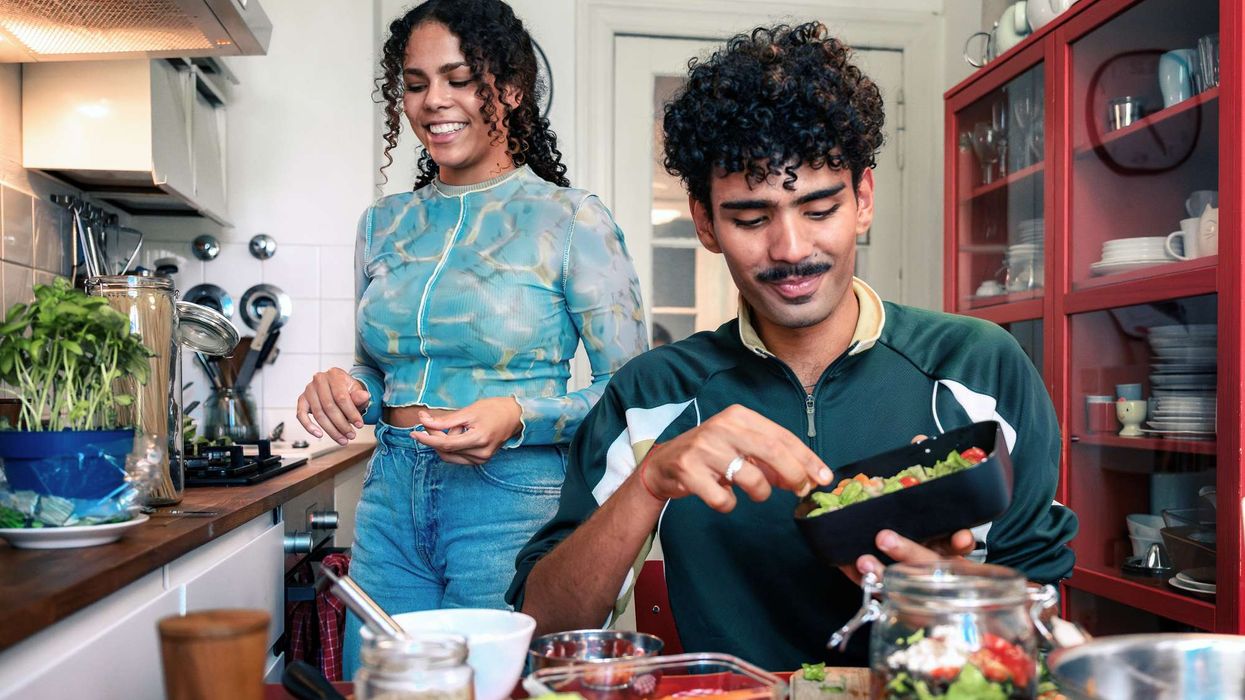
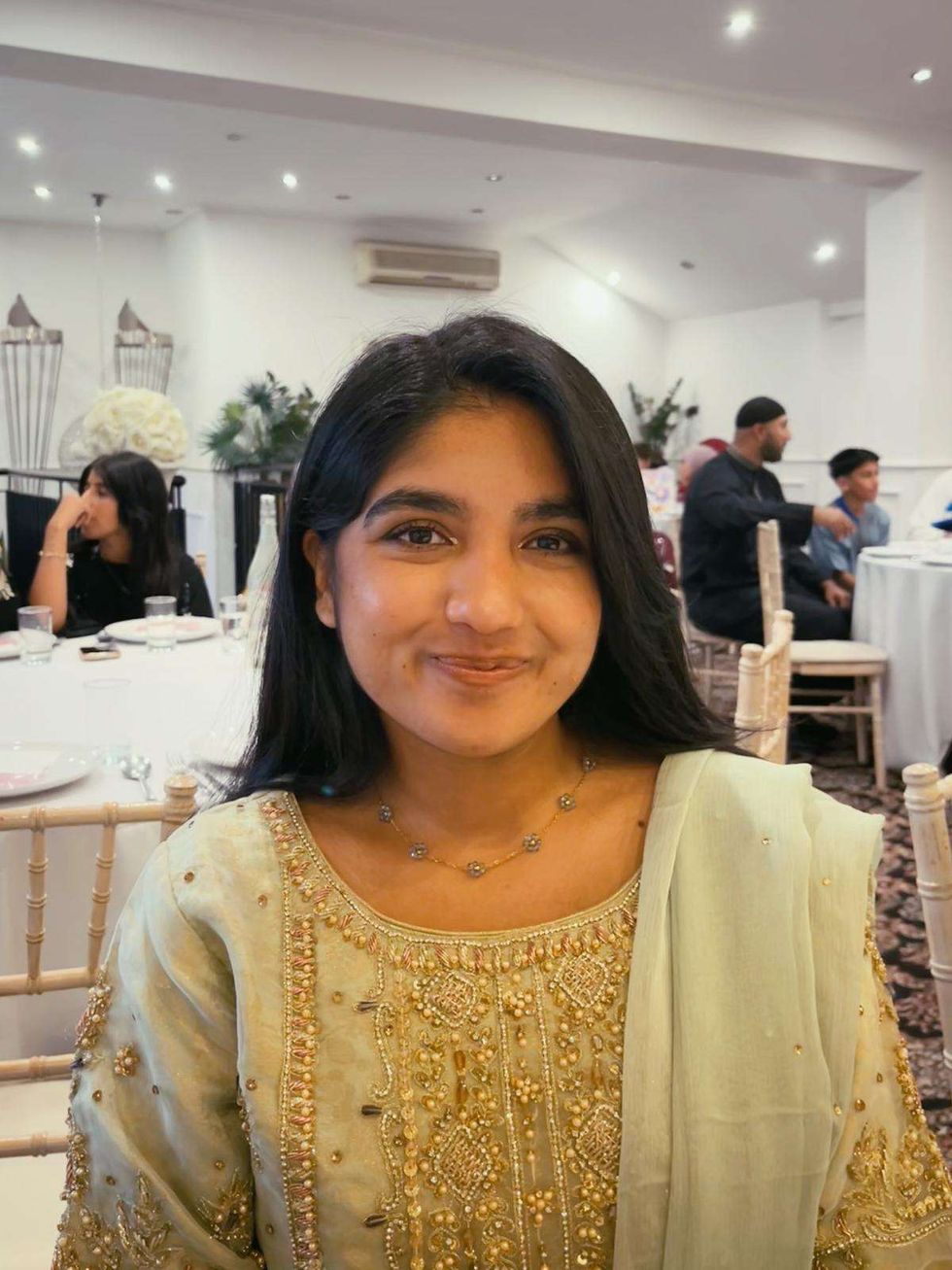 Mareyah Bhatti , a sustainability strategist and passionate home cookMareyah Bhatti
Mareyah Bhatti , a sustainability strategist and passionate home cookMareyah Bhatti

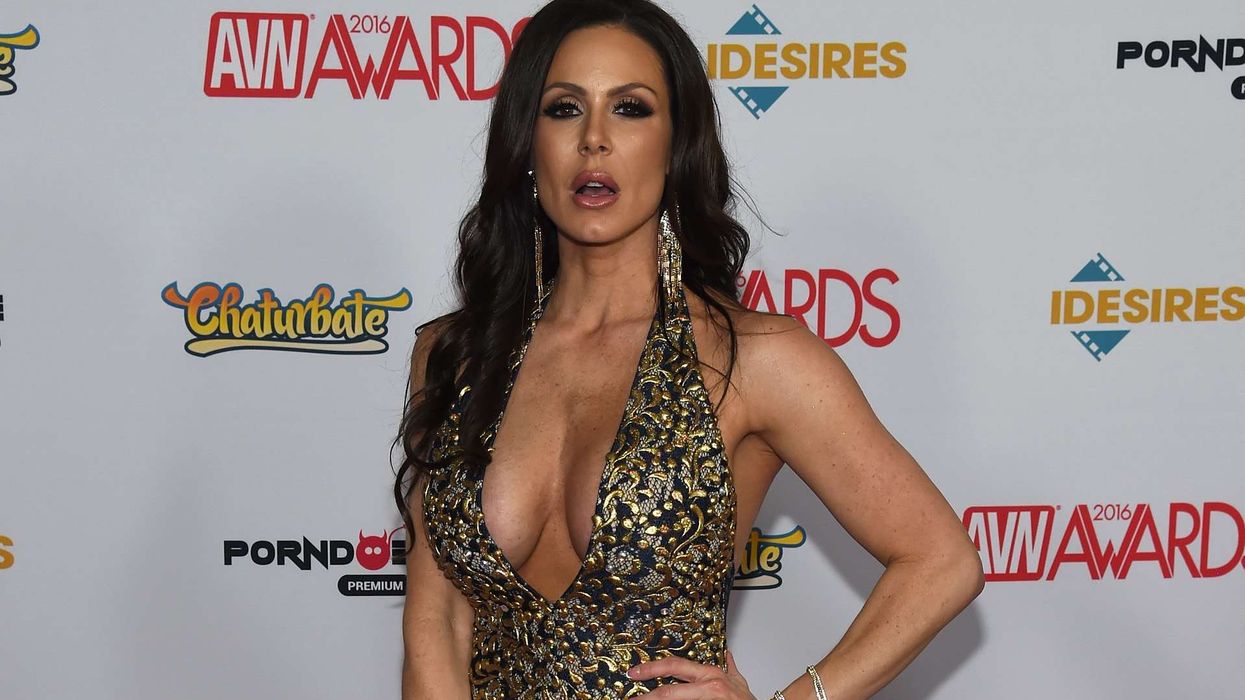




Funding diversity in the arts ‘vital’ during pandemic